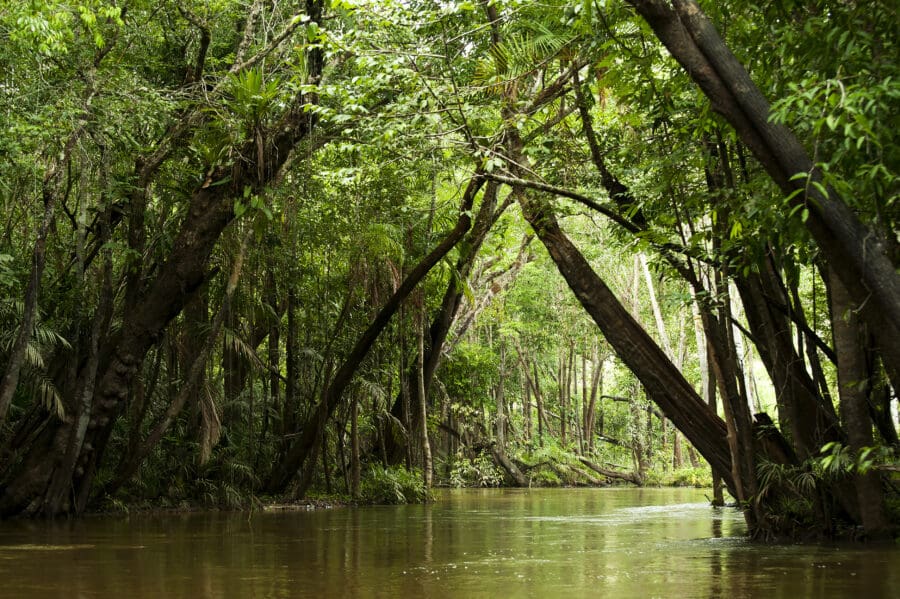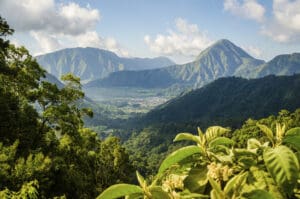Indigenous Peoples, local communities, and Afro-descendant Peoples have been stewarding Earth’s lands for millennia. Maintaining their sovereignty over their lands is not just a pressing human rights issue, it is now also recognized as a powerful climate change solution.
Forests managed by Indigenous Peoples and local communities “have lower deforestation rates, higher carbon storage, and higher biodiversity conservation than government-protected areas.” Read that again – these lands store more carbon and have higher biodiversity compared to formally protected lands. Accordingly, the value of strengthening Indigenous and community land rights is clear. The process of securing and implementing these rights around the globe, however, remains vast and labyrinthine.
A new report by the Forest Carbon Partnership Facility (FCPF), a global partnership for successfully reducing emissions from deforestation and forest degradation, and the World Bank’s fund for Enhancing Access to Benefits while Lowering Emissions (EnABLE), outlines tangible ways the global communities can make inroads in the effort to mitigate climate change through strengthening Indigenous sovereignty.
The study, Opportunity Assessment to Strengthen Collective Land Tenure Rights in FCPF Countries, funded by the World Bank and conducted by the Rights and Resources Initiative (RRI) and the Global Land Alliance, outlines three goals to strengthen land and forest tenure for Indigenous Peoples, local communities, and Afro-descendant Peoples (IPs, LCs, and ADPs).
These goals are: advance the legal recognition of collective rights; strengthen and secure these rights; and ultimately leverage these rights for the continued benefit and well-being of local peoples.






